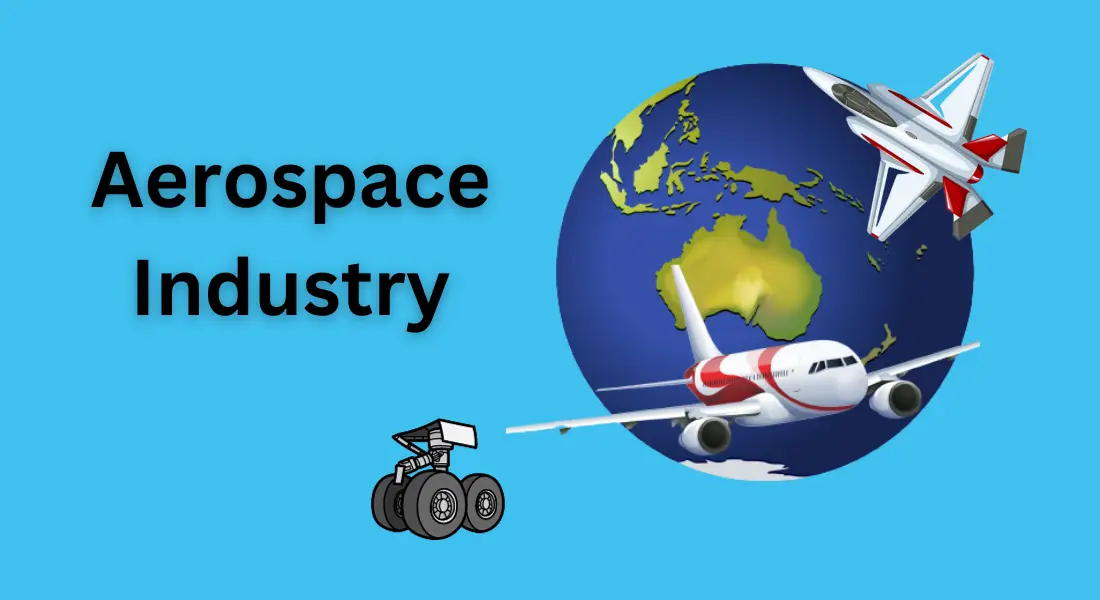Application of Actuators in the Aerospace Industry

The implementation of electrical actuators in the aerospace industry has significantly transformed the way aircraft and spacecraft operate. These sophisticated devices play a critical role in controlling various systems and components, enhancing efficiency, safety, and overall performance. Here's a closer look at how electrical actuators have revolutionized the aerospace industry.
Control Surfaces: Electrical actuators are commonly used to control the movement of aircraft control surfaces, such as ailerons, elevators, and rudders. Unlike traditional hydraulic systems, electrical actuators are lighter, more reliable, and require less maintenance. They offer precise and rapid control, improving the maneuverability and stability of aircraft.
Landing Gear: The landing gear of an aircraft is a complex system that requires precise control during takeoff and landing. Electrical actuators enable smoother and more precise deployment and retraction of landing gear, reducing wear and tear and enhancing safety.
Thrust Vectoring: In military aircraft and some advanced commercial jets, thrust vectoring is employed to improve maneuverability. Electrical actuators control the orientation of the engine nozzles, allowing for rapid changes in thrust direction, which is critical for high-performance aircraft.
Spacecraft Control: Electrical actuators are crucial in spacecraft for controlling solar panels, antennas, and scientific instruments. They provide the precision needed for delicate maneuvers in the vacuum of space and contribute to the overall success of space missions.
Cabin Systems: Within the cabin, electrical actuators are used to control various systems, such as seating arrangements, window shades, and tray tables. These actuators enhance passenger comfort and provide airlines with the flexibility to adapt cabin layouts for different purposes.
Reduced Maintenance: Electrical actuators have longer lifespans and require less maintenance compared to their hydraulic counterparts. This reduces downtime for aircraft and lowers maintenance costs, making them more cost-effective for airlines and operators.
Weight Savings: Weight is a critical factor in aerospace design. Electrical actuators are generally lighter than hydraulic systems, contributing to fuel efficiency and overall weight reduction. This is especially important for commercial airlines looking to cut operating costs and reduce carbon emissions.
Environmental Benefits: The aerospace industry is increasingly focused on sustainability. Electrical actuators are more energy-efficient and environmentally friendly compared to hydraulic systems, aligning with the industry's efforts to reduce its carbon footprint.
Integration with Fly-by-Wire Systems: Electrical actuators seamlessly integrate with fly-by-wire systems, which rely on electronic control systems to manage aircraft functions. This integration enhances the precision and safety of flight control.
The aerospace industry has seen a remarkable transformation through the implementation of electrical actuators. These versatile devices have revolutionized aircraft and spacecraft design by offering precise control, weight savings, reduced maintenance, and environmental benefits. As technology continues to advance, electrical actuators will likely play an even more significant role in shaping the future of aerospace engineering, enabling safer, more efficient, and sustainable air and space travel.